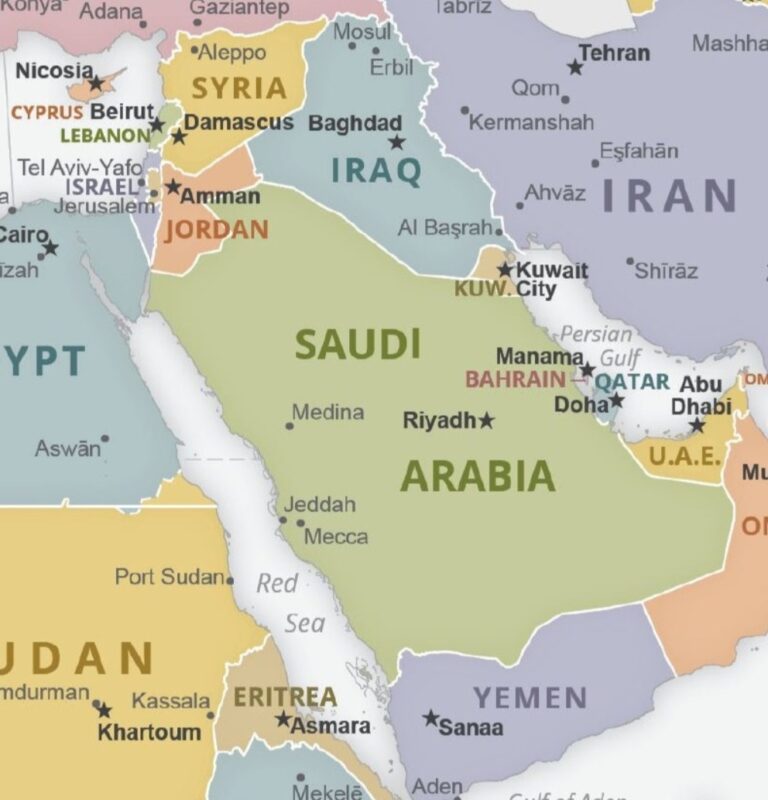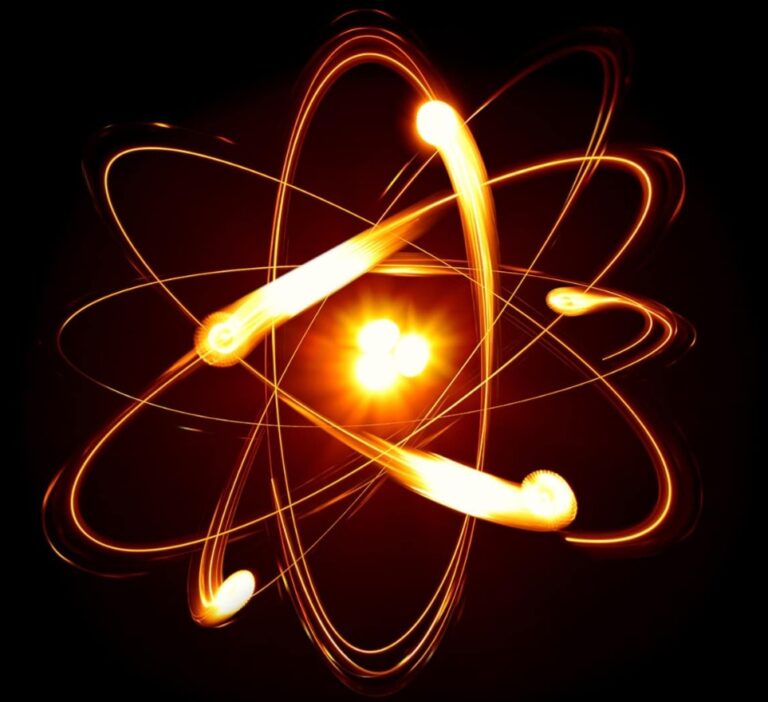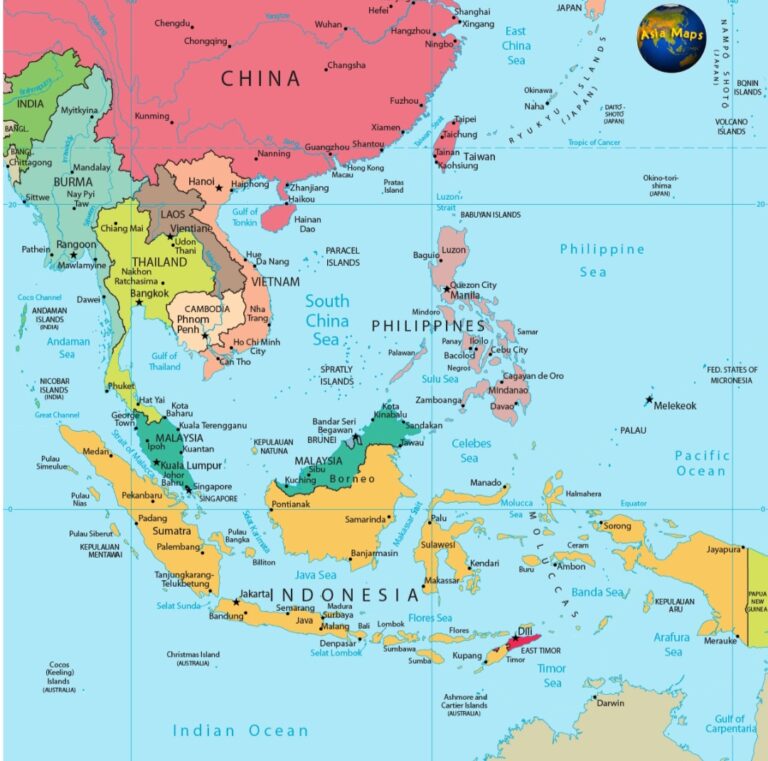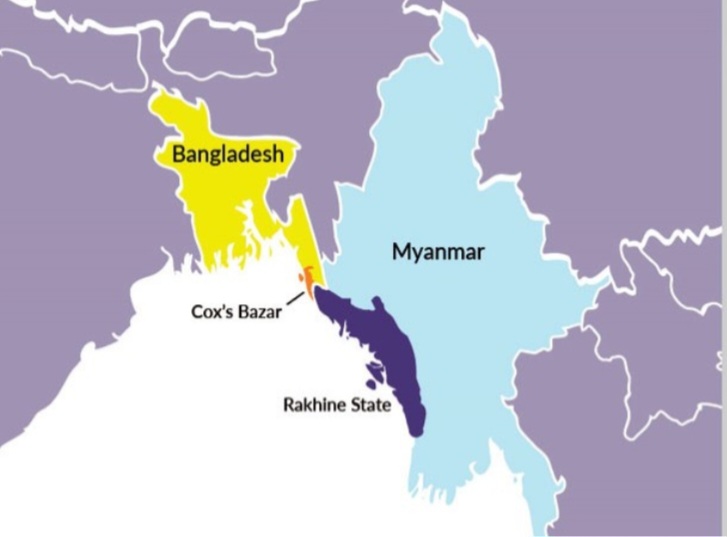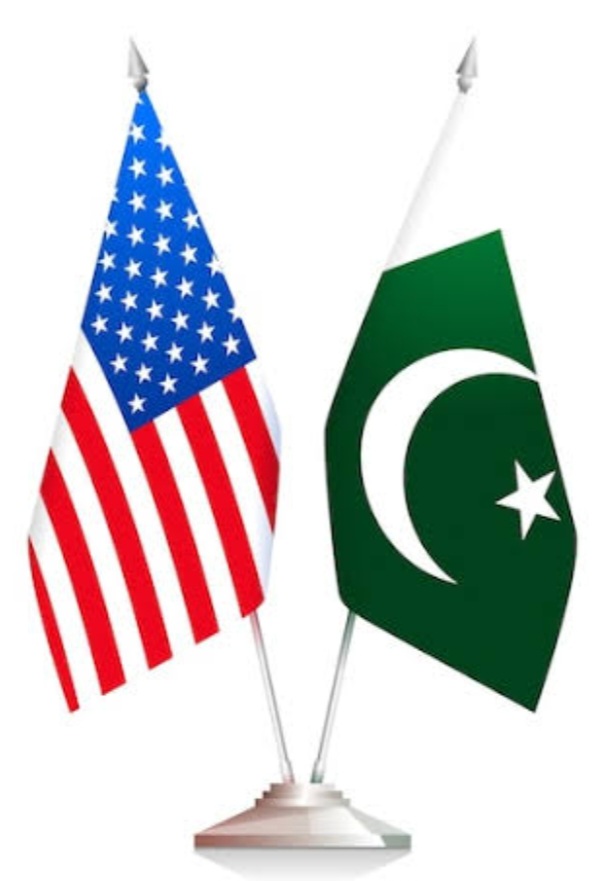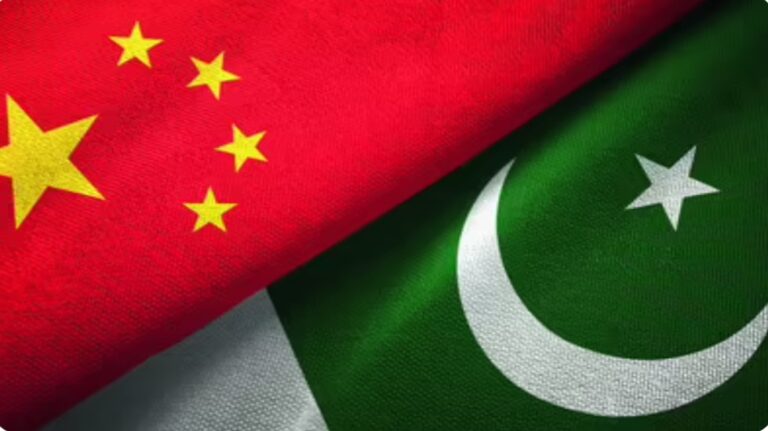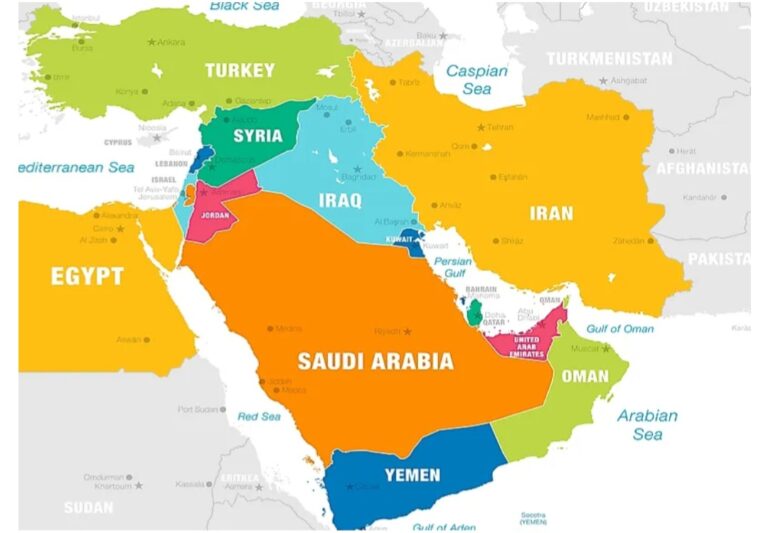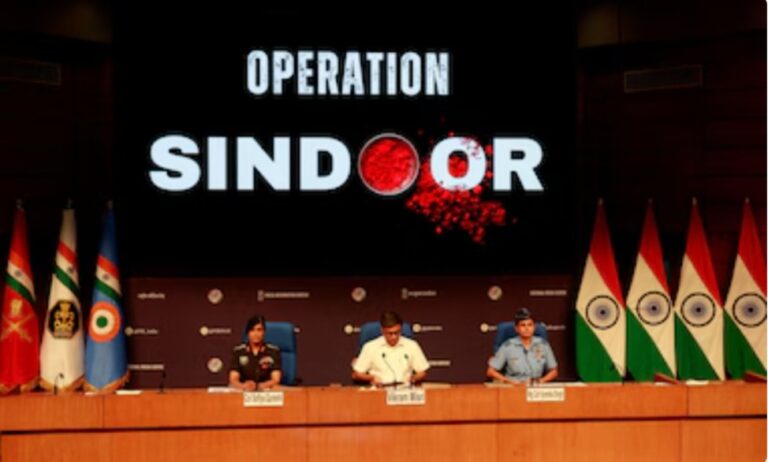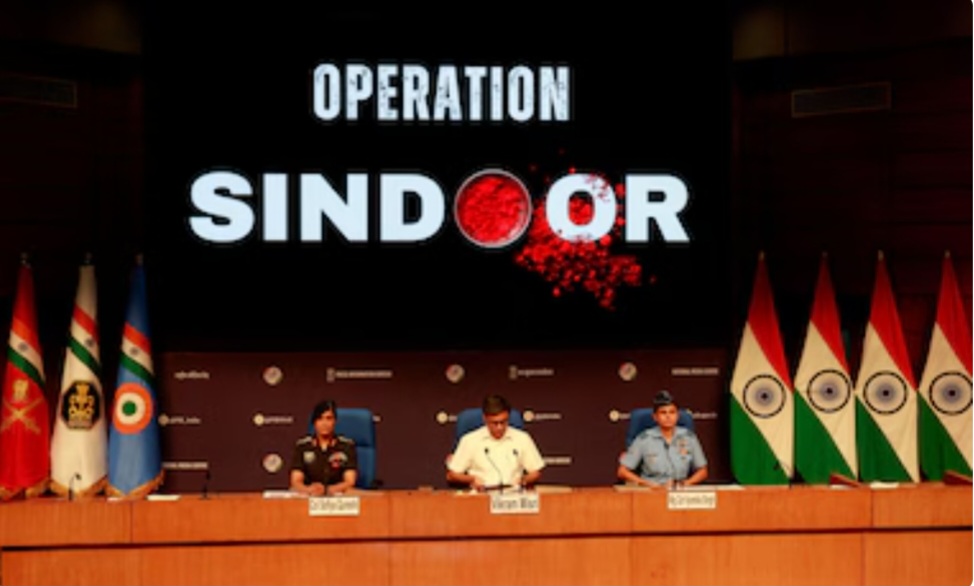By: Gayathri Pramod
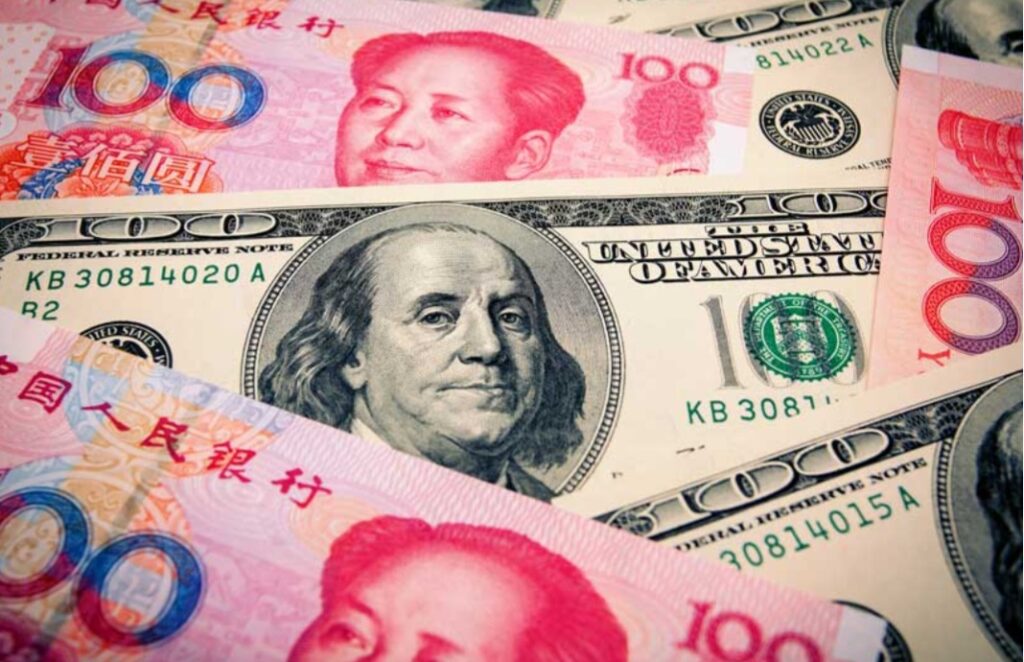
The U.S.-China tariff war, initiated in 2018, has evolved into a prolonged economic confrontation with significant global implications. As of mid-2025, both nations have experienced economic challenges due to the ongoing trade tensions. This section delves into the tariff war’s origins, progression, and current state, setting the stage for a detailed analysis of its impacts on both economies. The trade dispute between the United States and China began with the U.S. imposing tariffs on Chinese goods, citing unfair trade practices and intellectual property theft. China retaliated with its tariffs, leading to a tit-for-tat escalation. Over the years, this conflict has affected global supply chains, market dynamics, and economic growth trajectories. Since its inception, the tariff war has seen multiple rounds of tariff impositions, negotiations, and temporary truces. Key milestones include the implementation of significant tariffs on hundreds of billions of dollars worth of goods, affecting various sectors such as technology, agriculture, and manufacturing. Despite several negotiation attempts, a comprehensive resolution remains elusive, with both nations maintaining substantial tariffs as of 2025. As of mid-2025, the tariff war continues to exert pressure on both economies. The U.S. has experienced a slowdown in economic growth, with the OECD projecting a decrease from 2.8% in 2024 to 1.6% in 2025, attributing this decline primarily to the trade war and associated tariffs. On the other hand, China faces challenges such as a decline in exports to the U.S. and a slowdown in its manufacturing sector, with the Purchasing Managers’ Index (PMI) indicating reduced factory activity.
Economic Impact on China
The U.S.-China tariff war, initiated in 2018, has profoundly affected China’s economy. As of 2025, the ramifications are evident across various sectors, including exports, manufacturing, and domestic consumption. This section provides a comprehensive examination of these impacts. China’s exports to the U.S. have experienced a significant downturn due to the imposition of tariffs. The ongoing trade tensions have decreased demand for Chinese goods in the American market, compelling Chinese exporters to seek alternative markets and adjust their strategies.
The manufacturing sector, a cornerstone of China’s economy, has been adversely affected. The Purchasing Managers’ Index (PMI) for China’s manufacturing industry has shown fluctuations, indicating instability in the sector. For instance, in January 2025, the PMI stood at 49.1%, suggesting a contraction in manufacturing activity. This contraction is significant as it indicates a decrease in production and potential job losses. However, by February 2025, it rebounded to 50.2%, indicating a slight expansion. Despite these fluctuations, the overall trend points to a slowdown, with small and medium-sized enterprises facing more significant challenges than larger firms.
Beyond external trade pressures, China faces internal economic challenges that the tariff war has exacerbated. The property sector, for instance, has seen a decline, with home prices dropping and developers struggling with debt. This downturn has decreased consumer confidence and spending, further slowing economic growth. Additionally, the rise of unlicensed “home bars” in Beijing reflects the broader economic strain on consumers, particularly among younger demographics. These informal establishments have emerged as cost-effective alternatives to traditional bars, highlighting shifts in consumer behaviour amid economic uncertainty.
Strategic Responses and Adaptations
China has implemented several strategic measures to mitigate its economic impact in response to the tariff war. One notable action is the imposition of export bans on critical minerals and rare earth magnets, which are essential components in various industries, including automotive and technology. This move has disrupted global supply chains and is seen as a strategic countermeasure in the ongoing trade tensions. Furthermore, China’s leadership has adopted a more assertive stance in trade negotiations. Vice Premier He Lifeng, known for his hard-line approach, has replaced the more conciliatory Liu He as the chief trade negotiator. This shift indicates China’s intent to protect its economic interests and resist external pressures to alter its economic structure.
The prolonged tariff war poses risks to China’s long-term economic stability. Persistent trade tensions can lead to structural changes in global supply chains, with companies seeking to diversify away from Chinese markets. This shift could result in a permanent loss of market share for Chinese exporters. Moreover, the erosion of multilateral trade relationships and the undermining of international trade institutions could have lasting effects on global economic stability and China’s role. The U.S.-China tariff war, initiated in 2018, has prompted both nations to implement strategic measures to mitigate economic impacts and assert their positions in the global trade landscape. As of 2025, these strategies have evolved, reflecting the dynamic nature of international trade relations. This section comprehensively examines the strategic responses and adaptations the United States and China undertake.
United States Strategic Measures
The United States has undertaken strategic measures to reassert its economic position and protect domestic industries in response to the ongoing trade tensions and growing concerns over chronic trade imbalances. One of the central initiatives of the U.S. administration has been the introduction of ‘reciprocal’ tariffs—tariff rates designed to match those imposed by foreign trading partners. These tariffs are designed to create a more level playing field for American producers by making imported goods more expensive. This strategy was formalized through a Presidential Memorandum signed on February 13, 2025, which mandated a comprehensive review of non-reciprocal trade practices believed to be contributing to the U.S. trade deficit. The move reflects a broader protectionist shift in U.S. trade policy, aiming to reduce dependence on imports and level the playing field for American producers. However, the implementation of these tariffs has been far from smooth. Legal uncertainty arose when a federal court issued an injunction freezing the tariffs shortly after they were announced. The situation evolved rapidly when an appeals court overturned the decision, reinstating the tariffs and creating a climate of ambiguity for businesses and investors attempting to plan amid a constantly shifting regulatory environment.
In parallel, the U.S. Commerce Department advanced a separate set of tariffs under Section 232 of the Trade Expansion Act of 1962, a provision allowing for the imposition of tariffs on national security grounds. These new levies targeted various imported goods, including copper, lumber, and prescription drugs. Unlike the reciprocal tariffs, Section 232 involves a more detailed protocol: a public comment period, an investigation by the Commerce Department, and a subsequent report to the President recommending action if a national security threat is identified. These tariffs are part of a broader strategy to bolster domestic manufacturing capacity in critical national defence and economic security sectors. However, they have also sparked concerns about rising input costs for U.S. manufacturers and the potential for escalating trade disputes with key allies.
A particularly notable development occurred concerning tariffs on metals. Seeking to provide further relief to struggling domestic metal producers, the U.S. government announced a sharp increase in tariffs on steel and aluminium imports—from 25% to 50%. This decision was framed as a necessary intervention to revitalize domestic production capabilities and reduce strategic dependence on foreign suppliers. While it was welcomed by some segments of the U.S. steel and aluminium industry, it also prompted backlash from downstream manufacturers who rely on competitively priced raw materials. Many of these firms voiced concerns that the increased costs would hamper their global competitiveness, squeeze profit margins, and lead to job losses in sectors beyond metal production. Additionally, there are fears of retaliatory tariffs from major trade partners, which could further strain diplomatic and economic relations.
Amid mounting global scrutiny and the approach of a critical tariff deadline, the White House intensified efforts to negotiate favourable trade deals. U.S. trade officials issued urgent requests to foreign governments, calling on them to submit their most comprehensive and competitive trade offers. The goal was to secure agreements that could pre-empt the implementation of further tariffs. These discussions encompassed a wide range of trade elements, including the establishment of quotas for U.S. product purchases, reductions in tariffs on American goods, the elimination of non-tariff barriers, and reforms to digital trade policies. The administration also emphasized the importance of incorporating provisions that promote economic security and safeguard intellectual property, reflecting growing concerns over the strategic dimensions of international commerce. This aggressive negotiating posture signalled the U.S. government’s intention to leverage tariffs as a protective mechanism and a bargaining chip in a broader effort to reshape the global trade landscape in its favour. These strategic measures underscore a significant shift in U.S. trade policy toward a more assertive and unilateral approach. While they aim to address longstanding issues such as trade deficits, foreign subsidies, and unfair trade practices, their long-term efficacy remains uncertain. The risk of retaliatory actions, legal challenges, and disruption to global supply chains poses a complex challenge, leaving U.S. policymakers to balance short-term political gains with potential long-term economic consequences.
China’s Strategic Measures
In the face of escalating U.S. tariffs, China implemented carefully calculated strategic measures to protect its economic interests, maintain global trade relevance, and assert its geopolitical standing. One of the most significant moves was the imposition of export controls on critical minerals and rare earth magnets—materials indispensable to a wide range of high-tech and defence-related industries, including automotive manufacturing, aerospace, semiconductors, and advanced electronics. These restrictions, announced during the peak of trade tensions, had a pronounced ripple effect across global supply chains. By limiting the export of these strategically vital resources, China sent a strong signal about its ability to wield economic leverage, particularly in areas with near-monopoly control over production and processing. The policy was widely interpreted as an economic countermeasure designed to retaliate against U.S. tariffs and underscore China’s essential role in the global industrial ecosystem.
Simultaneously, China accelerated its efforts to diversify trade partnerships to reduce its economic dependence on the United States. By deepening its engagement with emerging and established markets across Asia, Europe, and Africa, China sought to establish a more resilient and multipolar trade network. This strategy involved negotiating bilateral and multilateral trade agreements, investing in infrastructure projects under the Belt and Road Initiative, and strengthening economic diplomacy with regions less influenced by U.S. foreign policy. These initiatives enabled China to open new export channels and mitigate the adverse effects of American tariffs. By redirecting trade flows and expanding its influence across the Global South, Beijing positioned itself as an alternative economic partner to countries looking to escape the binary pressures of U.S.-China geopolitical rivalry.
China also imposed tariffs on various American goods, focusing on politically sensitive sectors such as agriculture as part of its retaliatory strategy. These counter-tariffs targeted products like soybeans, pork, and corn—key exports from states that form part of the U.S. electoral heartland. By directly impacting the livelihoods of American farmers and agribusinesses, China aimed to exert domestic political pressure on the U.S. administration, leveraging economic interdependence as a tactical advantage. This move was not merely reactive but strategically designed to highlight the global interconnectedness of trade and the potential consequences of unilateral protectionist policies.
China also focused heavily on strengthening domestic industries, especially high-technology and advanced manufacturing sectors, to bolster its long-term economic resilience. Aware of its vulnerabilities due to reliance on foreign—often American—technology, the Chinese government launched initiatives to foster homegrown innovation and technological self-sufficiency. Substantial investments were funnelled into research and development alongside policy incentives to promote industrial upgrading, artificial intelligence, 5G infrastructure, and semiconductor production. Although downplayed in public discourse, the Made in China 2025 strategy continued to serve as a guiding framework for this transformation. These efforts underscored China’s determination to insulate itself from external pressures and to shift from being the “world’s factory” to a global leader in innovation.
Despite the hardline measures from both sides, there were intermittent attempts to de-escalate the trade war through diplomatic negotiations. One of the more significant milestones occurred in Geneva, where representatives from both countries temporarily agreed to scale back some of the more severe tariff measures. According to the terms of this accord, the United States agreed to reduce its average tariff rate from 145% to 30%, while China committed to cutting its rate from 125% to 10%. This breakthrough was welcomed by global markets and interpreted as a signal of possible reconciliation between the two largest economies in the world. However, the optimism proved to be short-lived. Subsequent actions by both parties—ranging from renewed tariff threats to accusations of non-compliance—highlighted the fragility of the truce. These developments made it clear that while temporary compromises might be reached, the underlying structural and ideological conflicts between the two nations continued to pose significant barriers to lasting resolution.
Taken as a whole, China’s strategic measures reveal a multidimensional approach to the trade war, balancing immediate retaliation with long-term planning. From weaponizing control over essential resources to reengineering its role in global trade, China has not only responded forcefully to U.S. tariffs but also laid the groundwork for a more independent and diversified economic future. Nevertheless, the enduring nature of U.S.-China tensions underscores the reality that global trade has entered a more fragmented, politicized, and unpredictable era—one in which economic policy increasingly serves as a tool of geopolitical strategy.
The U.S.-China tariff war has profoundly impacted global trade dynamics, prompting significant shifts in supply chains and economic strategies worldwide. This section examines the multifaceted consequences of the trade conflict, highlighting key developments and adaptations across various regions and industries. Imposing tariffs between the U.S. and China has disrupted established supply chains, particularly in sectors heavily reliant on cross-border trade. Electronics, automotive, and semiconductors have faced increased costs and logistical challenges, leading companies to reassess their sourcing and manufacturing strategies. For instance, with its intricate network of suppliers and manufacturers across Asia, the electronics sector has experienced significant upheaval due to tariff-induced cost escalations. In response to supply chain vulnerabilities exposed by the trade war, businesses are increasingly adopting regionalization and near-shoring strategies. By relocating production closer to end markets, companies aim to mitigate risks associated with long-distance trade and geopolitical tensions. This trend is evident in the automotive industry, where manufacturers are expanding operations in Mexico and other parts of Latin America to serve the North American market more efficiently. Countries actively seek to diversify their trade partnerships to reduce dependency on any single nation. For example, Vietnam has emerged as a key manufacturing hub, attracting investments from companies looking to circumvent tariffs on Chinese goods. The U.S. has engaged in trade talks with Vietnam, presenting a list of demands to reduce the country’s reliance on Chinese imports. The trade war has contributed to a slowdown in global economic growth. The Organization for Economic Cooperation and Development (OECD) has revised its global growth forecast for 2025 and 2026 to 2.9%, citing the adverse effects of increased tariffs and trade uncertainties. The U.S. economy is projected to grow by only 1.6% in 2025, a significant decrease from previous estimates. Asian economies are adjusting their strategies in light of the shifting trade landscape. China is focusing on expanding its domestic market and investing in high-tech industries to reduce reliance on exports. Simultaneously, countries like India and Indonesia are positioning themselves as alternative manufacturing destinations, offering incentives to attract foreign investment and capitalize on the realignment of global supply chains.
Technological Advancements and Automation
The trade war has accelerated the adoption of automation and advanced manufacturing technologies. Companies are investing in robotics and artificial intelligence to enhance efficiency and reduce dependence on human labour, particularly in regions where labour costs are rising. This shift addresses immediate challenges posed by tariffs and positions businesses for long-term competitiveness in a rapidly evolving global market. The ongoing U.S.-China trade war has significantly impacted global diplomacy, reshaped alliances and influencing the geopolitical landscape. China has responded to U.S. tariffs by imposing countermeasures, including tariffs on $20 billion worth of U.S. imports such as coal, gas, and key minerals. Additionally, China has initiated antitrust investigations into major U.S. technology companies like Google, signalling a broader strategy to assert its position in the tech sector and respond to U.S. economic policies.
The trade conflict has also led to a fragmentation of the global technology sector. The U.S. has imposed restrictions on Chinese tech firms, aiming to sever access to critical technologies, including semiconductor chips and software. In response, China has increased its investment in domestic innovation, particularly in semiconductor technology, artificial intelligence, and green technologies. These decoupling places Asian tech leaders—such as Taiwan, South Korea, and Japan—in a precarious position as they navigate between adhering to U.S. policies and maintaining critical supply chains in China.
Furthermore, the trade war has accelerated shifts in Global Supply Chains. Companies are seeking alternatives to Chinese manufacturing hubs, with countries like Vietnam, India, and Mexico emerging as potential beneficiaries. However, replicating China’s efficiency remains challenging due to bureaucratic hurdles, insufficient infrastructure, and political instability in these alternative hubs. In the realm of diplomacy, China’s approach has evolved. Facing turbulence in its relationship with the United States, China aims to shore up diplomatic capital with other countries. Foreign Minister Wang Yi has indicated a preference for constructive negotiations with the United States to stabilize ties while also expressing readiness to retaliate if Washington takes further trade or economic actions. The trade war’s impact extends to the Middle East, where countries navigate uncertainty between two economic giants. The region’s unique vulnerabilities to economic tremors are exacerbated by the U.S.-China rivalry, affecting supply chains, manufacturing costs, and diplomatic alliances. The U.S.-China trade war has evolved into a defining geopolitical conflict encompassing broader technological, economic, and military dimensions. This rivalry tests the resilience of global diplomacy as nations are compelled to navigate the conflictual environment created by the two countries. However, the deep-rooted structural differences between the two economies and a legacy of mutual distrust make the success of these diplomatic overtures uncertain. The path toward a sustainable resolution remains fraught with challenges, requiring careful negotiation and concessions.
Conclusion
Determining who won the tariff war between the United States and China is far from straightforward. The prolonged trade conflict, which began in 2018 and continues into the present, has significantly altered global economic patterns, strained political relations, and forced both countries to recalibrate their strategies. When looking solely at economic performance, both nations suffered considerable setbacks. American consumers and businesses faced higher prices on many goods due to tariffs, while China’s retaliatory measures struck U.S. farmers and exporters. The overall growth of the U.S. economy slowed, with forecasts for 2025 revised downward and inflationary pressures increased. China, too, saw its export-driven industries disrupted, causing slower growth and uncertainty among investors. While Beijing took measures to stabilize its economy, both countries ultimately endured economic losses without gaining a clear advantage. However, China seemed to gain the upper hand in its ability to adapt strategically to the challenges posed by the tariff war. China accelerated investments in technology and innovation, expanding its capabilities in critical sectors like artificial intelligence and semiconductors. Its leadership also skilfully leveraged new trade partnerships, particularly within Asia and through initiatives like the Regional Comprehensive Economic Partnership (RCEP) and the Belt and Road Initiative, to diversify its economic relationships.
Additionally, China’s targeted export controls on rare earth minerals and other critical supplies underscored its ability to use trade as a strategic tool without provoking widespread backlash. In contrast, the United States faced challenges coordinating a cohesive response, grappling with domestic political divisions and legal uncertainties around tariffs, diluting its overall effectiveness. On the international stage, the trade war caused many countries to rethink their alliances and trade dependencies. While the United States’ unilateral tariff policies appeared increasingly protectionist and unpredictable, China strengthened its role as a reliable trading partner to many nations. This shift enabled China to enhance its global influence and expand its network of trade relationships. The U.S., meanwhile, faced scepticism from traditional allies and missed opportunities to re-engage with multilateral trade frameworks, which further diminished its standing.
Domestically, the political consequences were more pronounced in the United States. Many American industries and consumers bore the brunt of tariff-related cost increases, fuelling criticism of the government’s approach and sparking political debates. This internal friction influenced public opinion and added complexity to the country’s broader political landscape. With its centralized governance and state-controlled media, China was better positioned to manage public sentiment and maintain political stability despite economic challenges. Looking ahead, China appears better poised to emerge stronger from the trade war over the next decade. Its efforts to build self-reliance in technology, diversify trade, and solidify its position in emerging markets provide it with a strategic advantage.
Nevertheless, China faces hurdles, including demographic shifts and economic vulnerabilities. The United States, despite some setbacks, retains significant strengths in innovation, financial dominance, and a robust network of potential allies, provided it chooses to reengage more constructively on the global stage. Ultimately, the Tariff War has not produced a clear winner. Instead, it has exposed vulnerabilities, accelerated shifts in global economic structures, and realigned political and trade relationships. While China may hold a slight strategic edge, both countries have paid substantial costs, and the broader international community has felt the repercussions. By their very nature, trade wars tend to result in mutual losses rather than outright victories, reshaping the world in complex and unpredictable ways. Hence, in International Politics, there are no permanent enemies or friends. Only interest matters the most.


